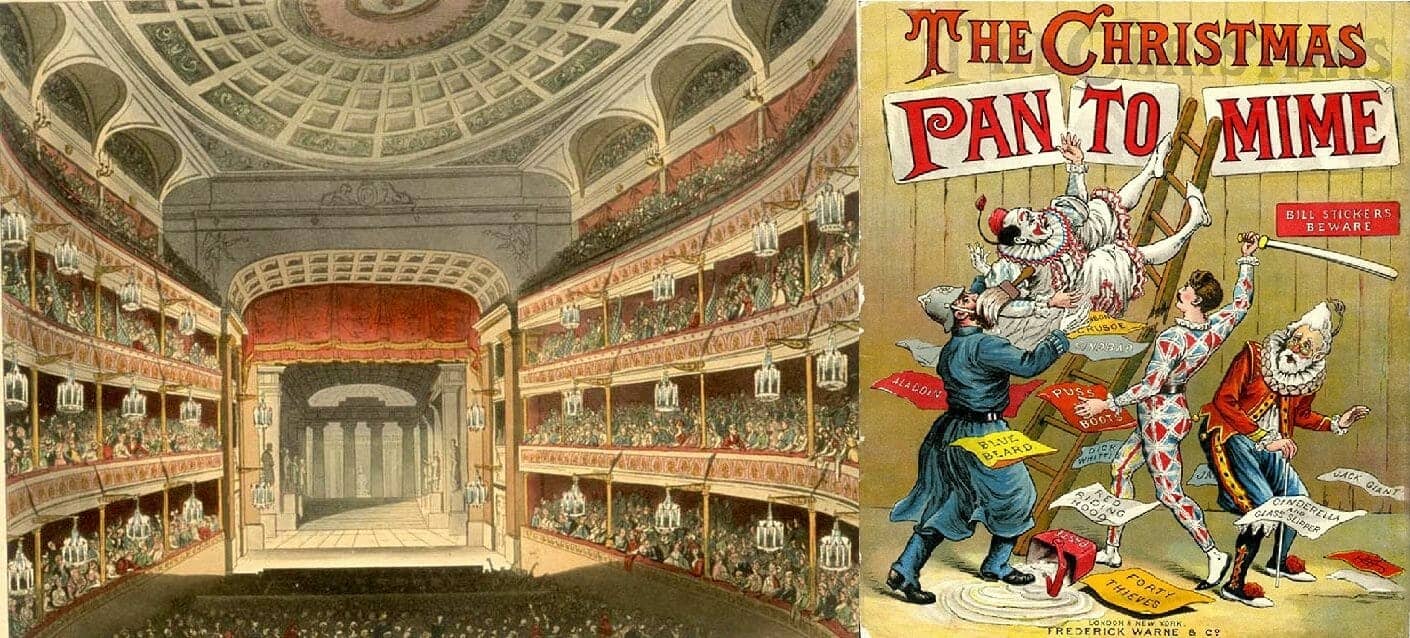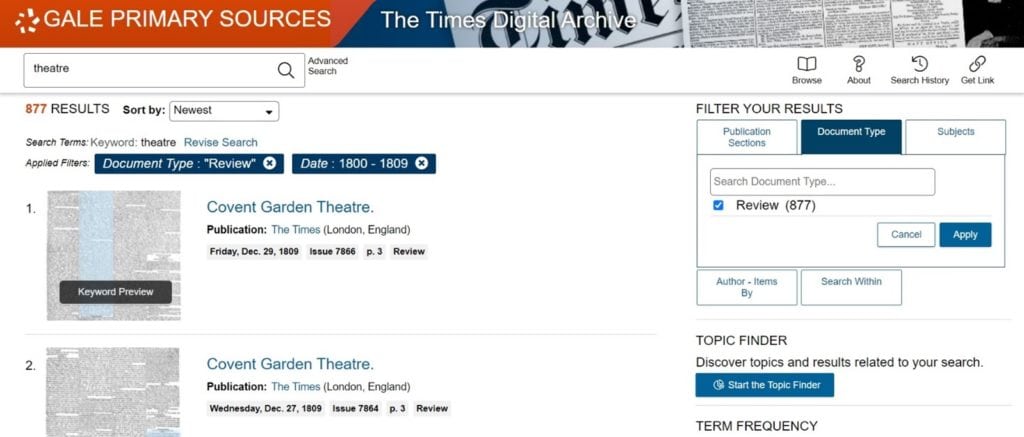│By Hanna Kiiskilä, MA graduate in English language from the University of Turku, Finland│
Choosing a research topic is difficult at any level of study. For me, finding the right database guided my topic and set the course for my entire Master’s thesis. At the beginning of the process of writing my master’s thesis in English Language, I had just epitexts (the surrounding information about a work that does not exist within the work itself but alongside it)1 in mind, but once I had read a few nineteenth-century theatre reviews from The Times Digital Archive, it became clear that they were a subject of study I could not pass up! In my thesis Evaluative Language in the Early Nineteenth-Century Theatre Reviews in The Times Newspaper (2020), I studied historical theatre reviews from the point of view of evaluation (their use of evaluative language) and the impact of contemporary politics. In this blog post I will detail the way I used The Times Digital Archive to collect a dataset that determined the topic of my study.
Theatre Censorship in Britain in the Eighteenth and Nineteenth Centuries
In eighteenth- and early nineteenth-century London, theatres were under strict censorship due to, among other things, the growth of political satire in theatre performances in the early eighteenth century. As a result, the contents of all plays, the building of new theatres, and even the genres of the performances in each theatre were regulated by the political leaders of the time and hefty fines were levied on any theatre worker that defied the regulations. Two theatres in London, Covent Garden and Drury Lane, held a duopoly on performing regular drama (comedies, tragedies, etc.) which meant the rest of the theatres – the illegitimate theatres – could only perform genres that did not focus on spoken word. Consequently, a genre of visual, musical, or action-based performances developed in London, as the illegitimate theatres tried to find ways around the censorship and meet the growing demand for theatrical performances.
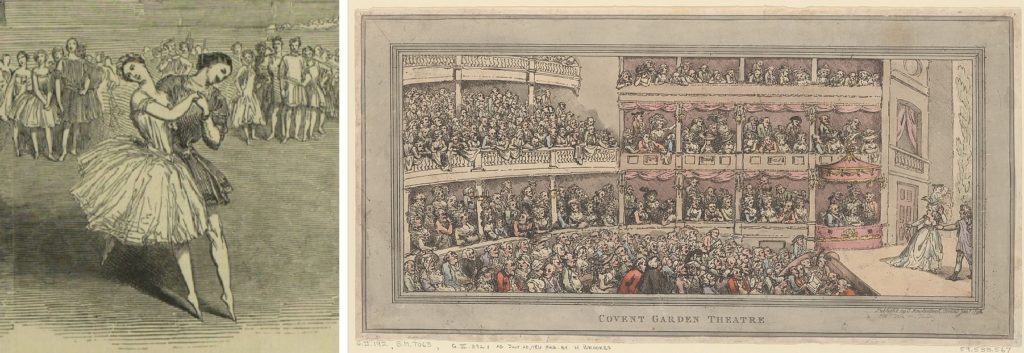
Right: Covent Garden Theatre illustration from 1792, by Thomas Rowlandson and Samuel William Fores. https://commons.wikimedia.org/wiki/File:Covent_Garden_Theatre_MET_DP221769.jpg
Evaluative Language in Theatre Reviews
Despite the censorship, there was an abundance of theatre performances in the early nineteenth century. Amongst such great competition, what made a particular performance succeed? In my study, I chose to look at the evaluative language in theatre reviews, as the positive and negative critique of a performance could greatly influence a play’s success. To illustrate the effects of the censorship, I performed a synchronic study of the evaluative language used at the time the censorship was enforced. I compared the reviews from Covent Garden and Drury Lane to reviews from the illegitimate theatres to see if the critics evaluated similar aspects (like actors and plot), or whether the reviews from the illegitimate theatres had more evaluation of other aspects like music, dance, and costumes.
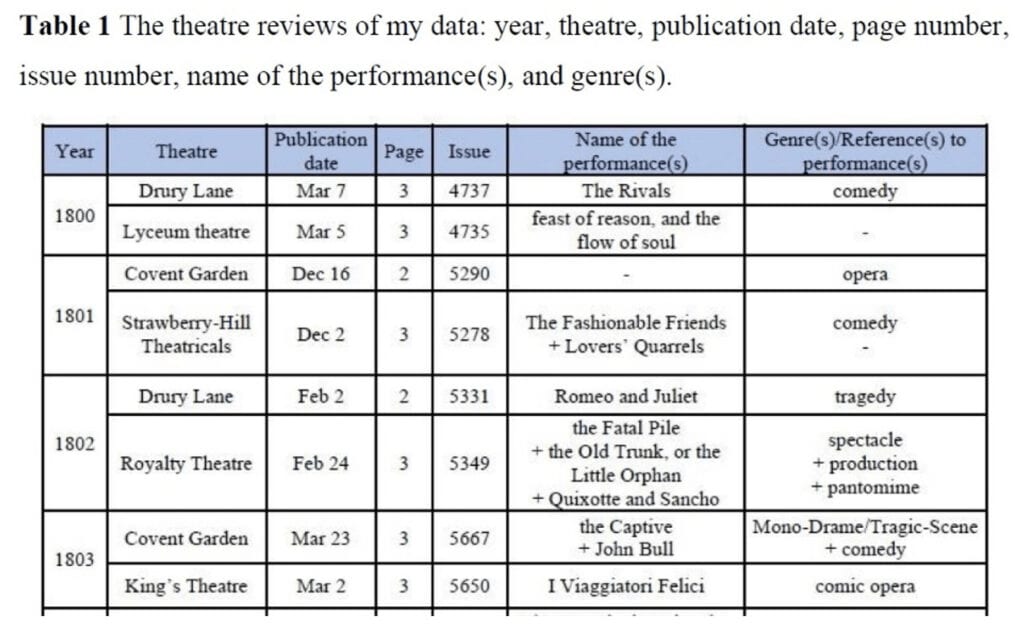
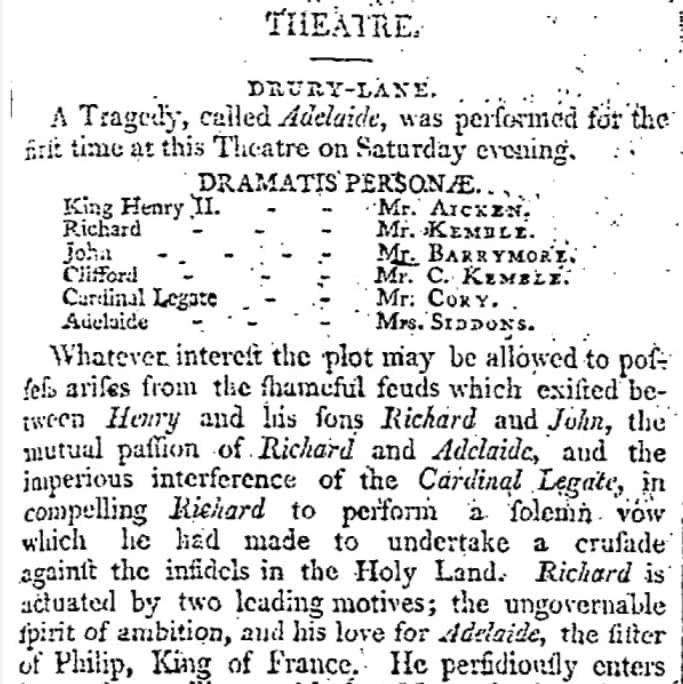
“Theatre.” Times, 27 Jan. 1800, p. 3. The Times Digital Archive, https://link.gale.com/apps/doc/CS50470459/TTDA?u=turkecco&sid=bookmark-TTDA&xid=88d4933e
My Research Process with The Times Digital Archive
Although the University of Turku offers a course to help students in the process of starting to write their thesis (during which many databases are introduced), the final decision to use The Times Digital Archive came to me in my thesis advisor’s office on a random Wednesday! We were brainstorming around databases of epitexts when I specified that I wanted to focus on something theatre-related – as theatre is a great interest of mine – and my advisor suggested The Times newspaper. Not long after we found The Times Digital Archive. It only took reading a few theatre reviews to realise this was the material for me! The reviews were interesting but also hilarious at times as the critics were brutally honest and also used language that nowadays would be interpreted a little differently! The Times newspaper was very suitable for my study as it published theatre reviews regularly in the early nineteenth century, and it was in wide circulation among people of all societal classes, meaning its reviews impacted a large audience of theatre enthusiasts and beyond.
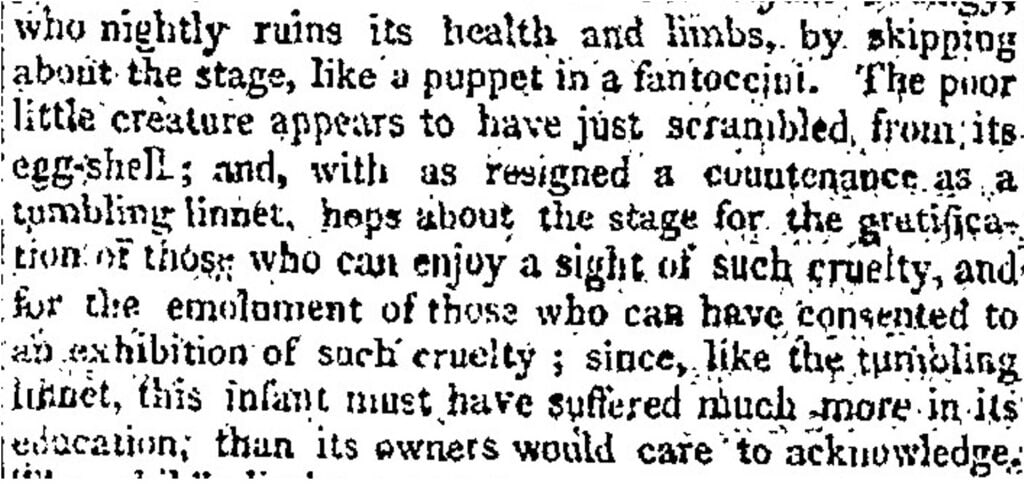
“The Theatres.” Times, 20 Dec. 1808, p. 3. The Times Digital Archive, https://link.gale.com/apps/doc/CS50737044/TTDA?u=turkecco&sid=bookmark-TTDA&xid=8ccf9222
Refining My Dataset
Initially I was glad the database was so immense, but I quickly realised that, as The Times Digital Archive gave me over 600 000 hits on the word “theatre” alone, I would have to reduce my results significantly. To my advantage, the Gale Primary Sources database offers search filters, so I narrowed down the results with the search criteria of newspapers and periodicals, databases: The Times Digital Archive, document type: review, and years 1800-1809. These criteria resulted in 875 reviews containing the word “theatre”. After browsing and reading The Times Digital Archive for the better half of a year, I chose a dataset of 20 reviews, close read the material, categorised the different targets that were evaluated, and finally analysed the positive and negative evaluations. The Times Digital Archive was the primary source for my thesis. My secondary sources included works on theatre history such as David Thomas’ “The 1737 Licensing Act and Its Impact” in The Oxford Handbook of the Georgian Theatre, 1737-1832,2 and Jane Moody’s Illegitimate Theatre in London, 1770-1840,3 and an Appraisal Frameworks – Martin and White’s The Language of Evaluation: Appraisal in English4 which I used to analyse the words and sequences of words that express evaluation.
New Theatre Genres in Demand in London
All in all, studying early nineteenth-century theatre censorship, the theatre reviews’ advertisement value in the widely circulated Times newspaper, and the positive/negative evaluations of differing targets of evaluation in the duopoly theatres and illegitimate theatres, revealed a great deal of new information about historical theatre reviews. Firstly, the illegitimate theatre reviews did in fact evaluate the movement, visual, and musical features of performances more, whereas the duopoly theatre reviews had more evaluation of the textual features. Secondly, the effects of the censorship were also illustrated in the number of reviews on regular drama (comedies, tragedies) in my material: the illegitimate theatre reviews mostly did not review comedies and tragedies.
However, the changes in the theatre genres available legitimately in London in the early nineteenth century can also be seen in the duopoly theatre reviews, since they had a considerable amount of evaluation of the musical aspects of the performances. Lastly, I found that the illegitimate theatre performances were reviewed more positively in general which could be due to the audience’s growing taste for the newer genres of theatre in the early nineteenth century. Therefore, perhaps the censorship did the audiences a favour, as genres of visual, musical, or action-based performances are still in popular demand to this day!
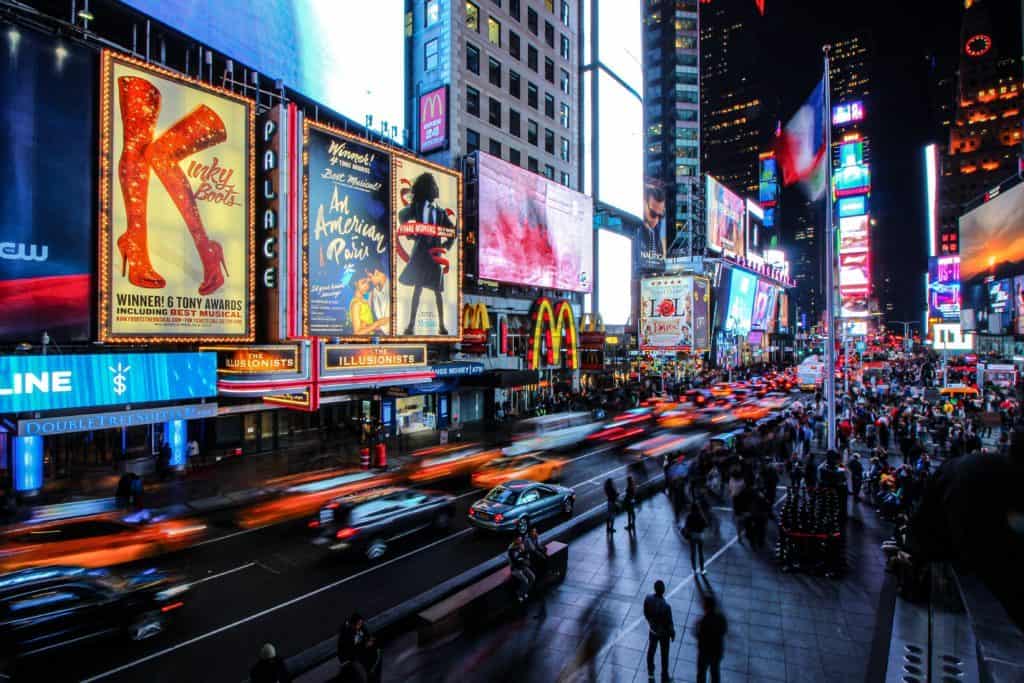
Image by Florian Wehde on Unsplash.com https://unsplash.com/photos/iVW7mZPwd4g
As said, choosing the topic for any research can be a difficult process. However, sometimes it’s beneficial to just rely on the natural process of ideating and let your final topic reveal itself. In my case, once I had decided that theatre reviews from The Times Digital Archive were my material, the thesis idea started to form itself! Reading widely about the history of theatre in the eighteenth and nineteenth century was eye-opening and, in the end, formed an important part of the direction of my study – but it was a direction I only decided to take once I had been inspired by the primary sources I’d discovered in The Times Digital Archive. So I owe a lot to that random Wednesday brainstorming session with my thesis advisor when we stumbled upon the archive that was about to set the course for the final year of my studies!
If you enjoyed reading about nineteenth-century theatre reviews in The Times Digital Archive, you may like:
- Leading Ladies: The Actresses Who Fought for Women’s Suffrage
- The Phantom of Popularity – which movies influenced The Phantom of the Opera and why it has enchanted us
- Cultural Appropriation or Swiftian Satire? Gilbert and Sullivan’s The Mikado
- Jenny Lind, the Swedish Nightingale – the history behind the 2017 film The Greatest Showman
You can also explore the Arts and Culture category to find something of interest!
If you’re looking for further inspiration or help with writing your dissertation or thesis, try:
Blog post cover image citation: A combination of left: The Theatre Royal, Covent Garden in the nineteenth century. https://commons.wikimedia.org/wiki/File:New_Covent_Garden_Theatre_Microcosm_edited.jpg and right: A pantomime illustration from 1890 https://commons.wikimedia.org/wiki/File:Warne_Pantomine_1890.jpg
- Gérard Genette, Paratexts: Thresholds of interpretation (Cambridge: Cambridge University Press, 1997), p.344
- David Thomas, “The 1737 Licensing Act and Its Impact.” In The Oxford Handbook of the Georgian Theatre, 1737-1832, edited by Julia Swindells and David Francis Taylor, 1-17. Vol. 1. (Oxford: Oxford University Press, 2014)
- Jane Moody, Illegitimate Theatre in London, 1770-1840. (Cambridge: Cambridge University Press, 2000).
- J. R. Martin and P. R. R. White, The Language of Evaluation: Appraisal in English. (Hampshire and New York: Palgrave Macmillan, 2005).

